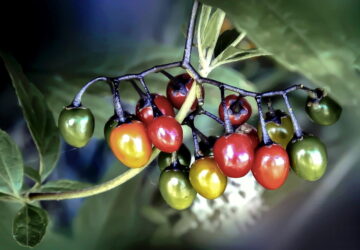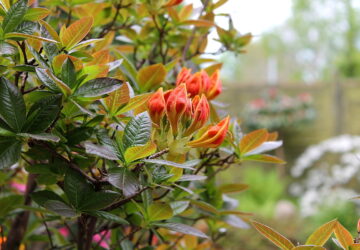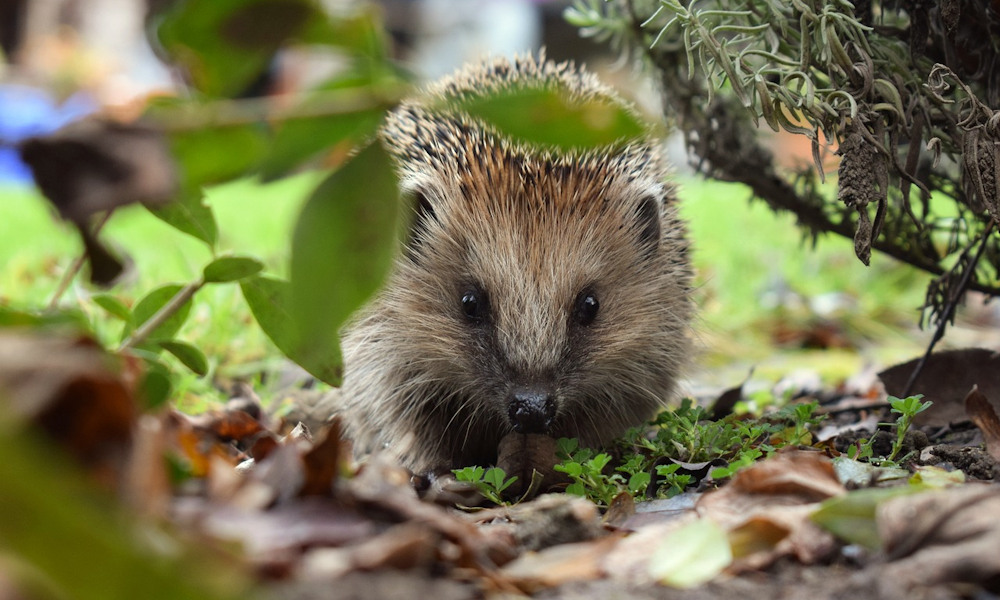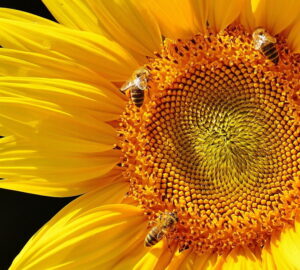Discover the joys of gardening while embracing the enchanting presence of hedgehogs in your outdoor sanctuary. In this article, we’ll guide you through practical steps and ingenious ideas to create a hedgehog-friendly garden, promoting biodiversity and nurturing a thriving ecosystem right at your doorstep.
Creating a hedgehog-friendly garden is a wonderful way to support these adorable creatures and promote biodiversity. Here are some useful tips to make your garden hedgehog-friendly:
1. Provide Shelter
Hedgehogs need safe and cozy spaces to rest and hibernate. Consider leaving areas of your garden wild or creating hedgehog houses using logs, piles of leaves or purpose-built hedgehog shelters. These should be in quiet, undisturbed corners of the garden.
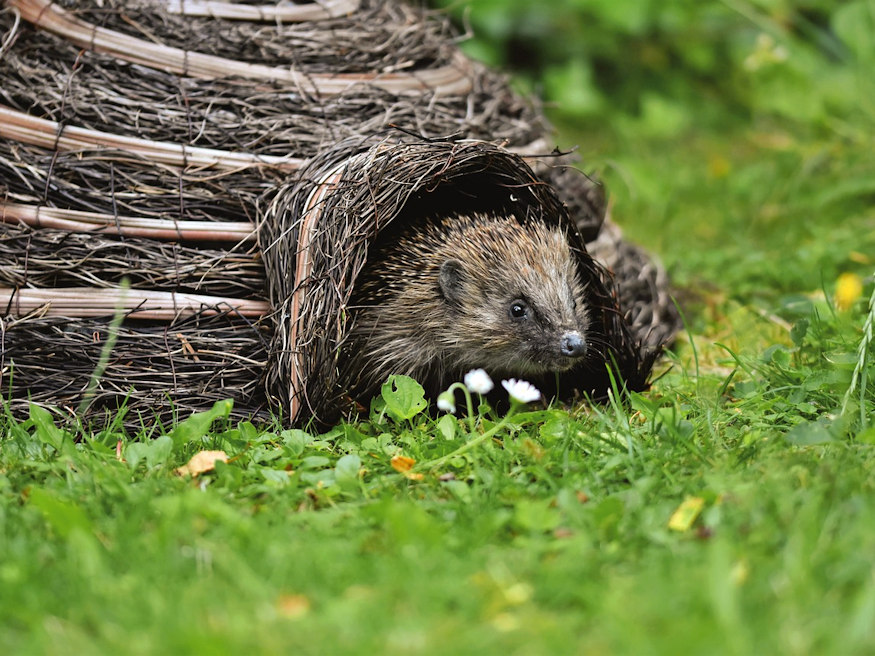
2. Hedgehog Highways
Hedgehogs roam over large areas in search of food and mates. Ensure they can access your garden by creating small holes or gaps in fences or walls. These hedgehog highways should be around 13 cm x 13 cm (5 inches x 5 inches) to allow easy passage.
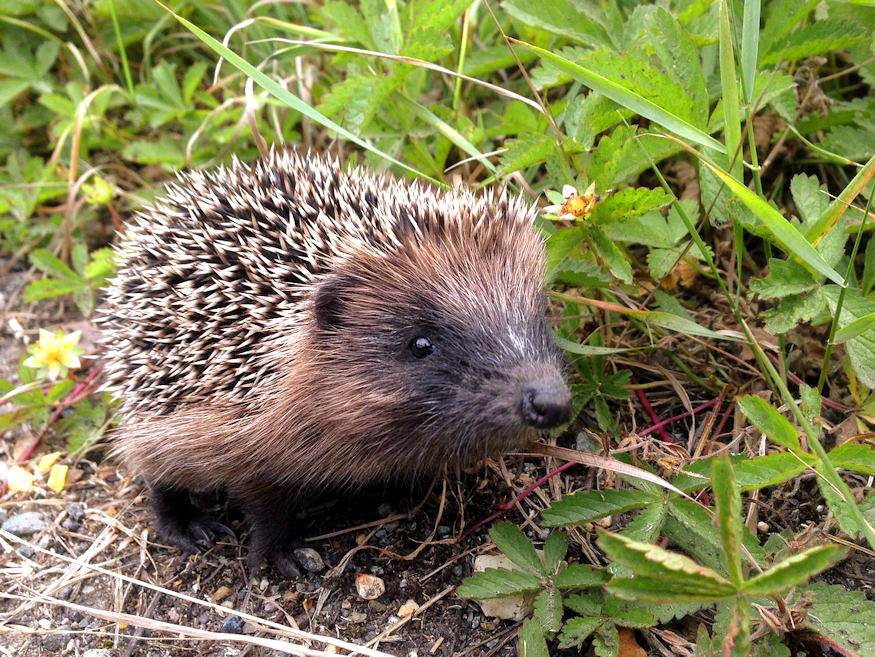
3. Avoid Chemicals
Hedgehogs are sensitive to chemicals and pesticides. Minimize or eliminate the use of harmful chemicals in your garden, as they can harm or poison hedgehogs and their food sources. Opt for natural alternatives and organic gardening methods instead.
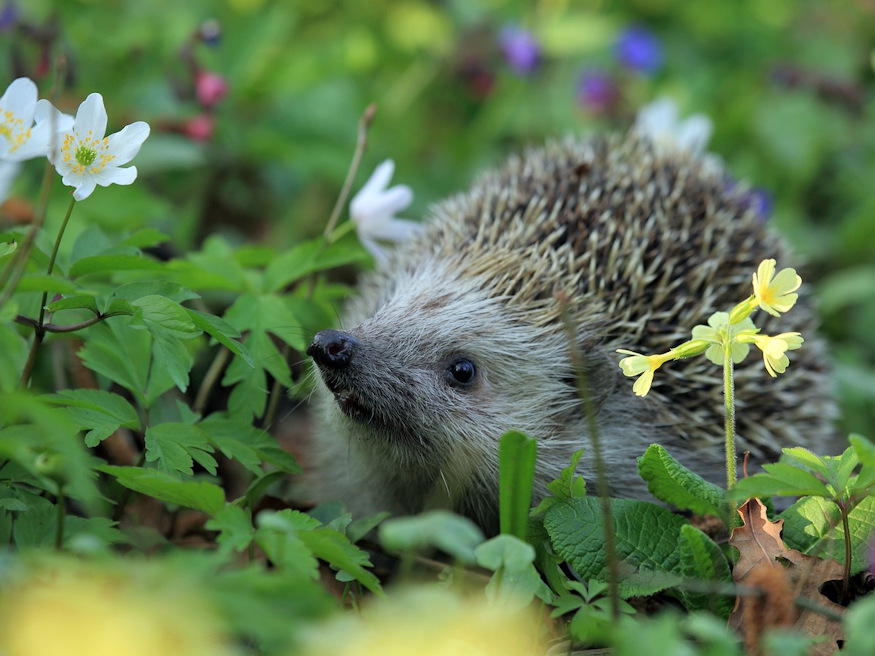
4. Water Source
Provide a shallow dish of fresh water for hedgehogs to drink from. Ensure it’s easily accessible and regularly replenished. Avoid deep water sources that could be hazardous.
5. Food and Feeding Stations
Hedgehogs love to eat insects, slugs and snails. Encourage their presence by avoiding chemical pesticides and creating habitats for these creatures. You can also supplement their diet with specialized hedgehog food or meat-based cat food. Place the food in a designated feeding station, away from potential predators.

While it’s great to provide supplementary food for hedgehogs, there are certain foods you should avoid giving them.
Here are some foods that should NOT be given to hedgehogs:
- Milk: Contrary to popular belief, hedgehogs are lactose intolerant. They lack the necessary enzymes to digest lactose in milk and dairy products. Feeding them milk can lead to digestive issues and diarrhea.
- Bread and biscuits: These foods lack the necessary nutritional value for hedgehogs and can cause digestive problems if consumed in large quantities. Bread, especially when dry, can swell in their stomachs and cause blockages.
- Processed foods: Avoid feeding hedgehogs processed human foods like chips, sweets or processed meats. These foods are not suitable for their diet and can be harmful to their health.
- Raw meat: While hedgehogs are insectivores, it’s best to avoid feeding them raw meat. Raw meat carries the risk of bacterial contamination and can lead to infections or parasites.
- Salty or sugary foods: Foods high in salt or sugar should be avoided as they can cause imbalances and health issues for hedgehogs.
- Fruits and vegetables: While hedgehogs may occasionally eat fruits and vegetables in the wild, they should be given in moderation, if at all. Hedgehogs have a primarily insectivorous diet, and excessive amounts of fruits and vegetables can upset their digestive system.
When providing supplementary food for hedgehogs, it’s best to stick to specialized hedgehog food available in pet stores or use meat-based cat food as an alternative. These options provide a balanced diet and mimic their natural food sources.
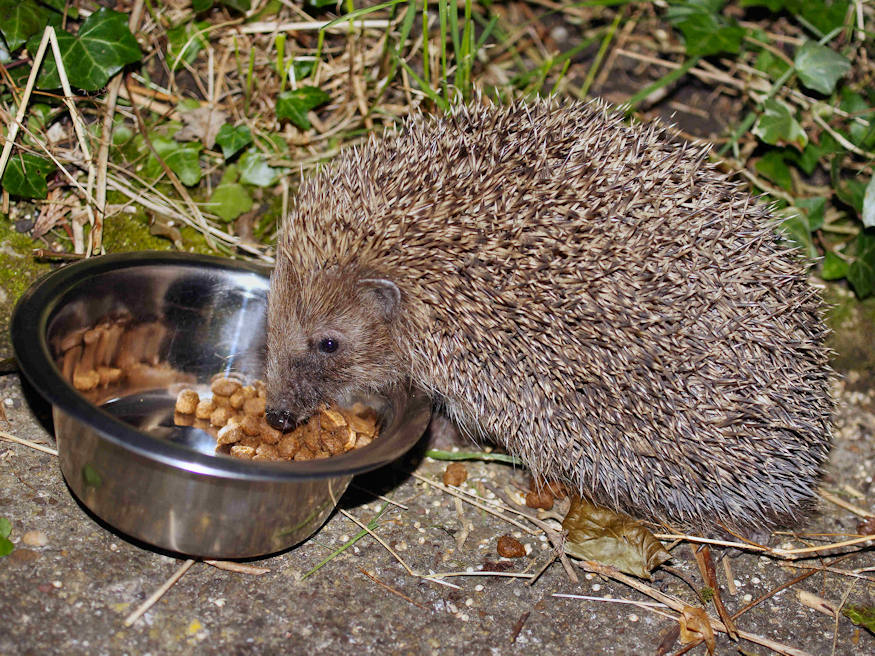
Remember, food supplementation should be done sparingly and as a supplement to their natural diet of insects, slugs and snails. Providing suitable habitats and supporting their natural food sources is equally important for their overall well-being.
6. Leaf Piles and Compost
Hedgehogs enjoy foraging for food and nesting in leaf piles or compost heaps. Leave a portion of your garden with fallen leaves or create a compost area that hedgehogs can explore for insects and grubs.
7. Garden Pond Safety
If you have a garden pond, make sure it has a sloping edge or a ramp to allow hedgehogs to escape if they accidentally fall in. Hedgehogs can swim, but they may struggle to climb out of steep-sided ponds.
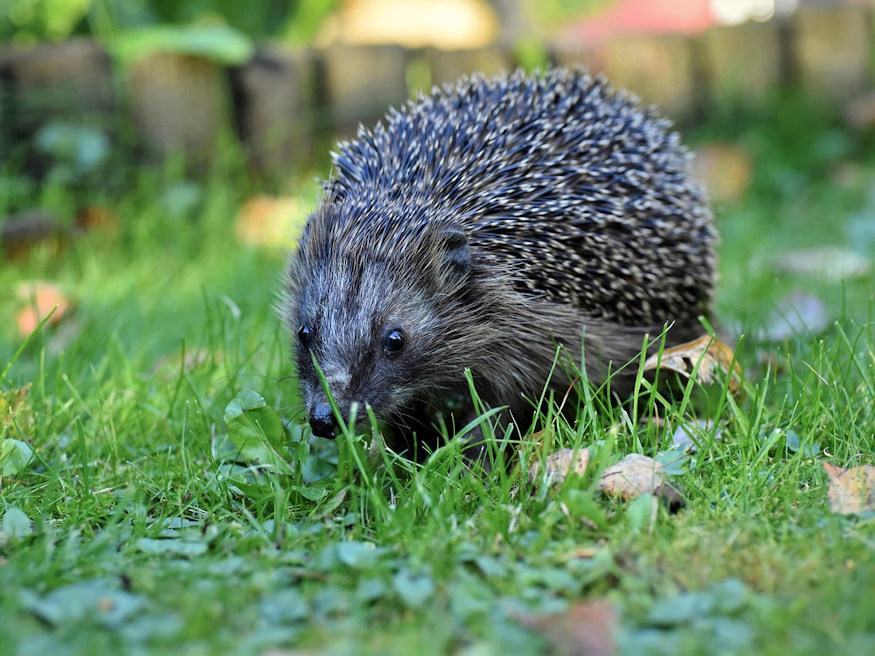
8. Safe Mowing
Before mowing the lawn, check for hedgehogs hiding in long grass or under piles of leaves. Start mowing from the center outward to give them a chance to escape. Long grass also provides habitat and foraging opportunities, so consider leaving some areas untrimmed.
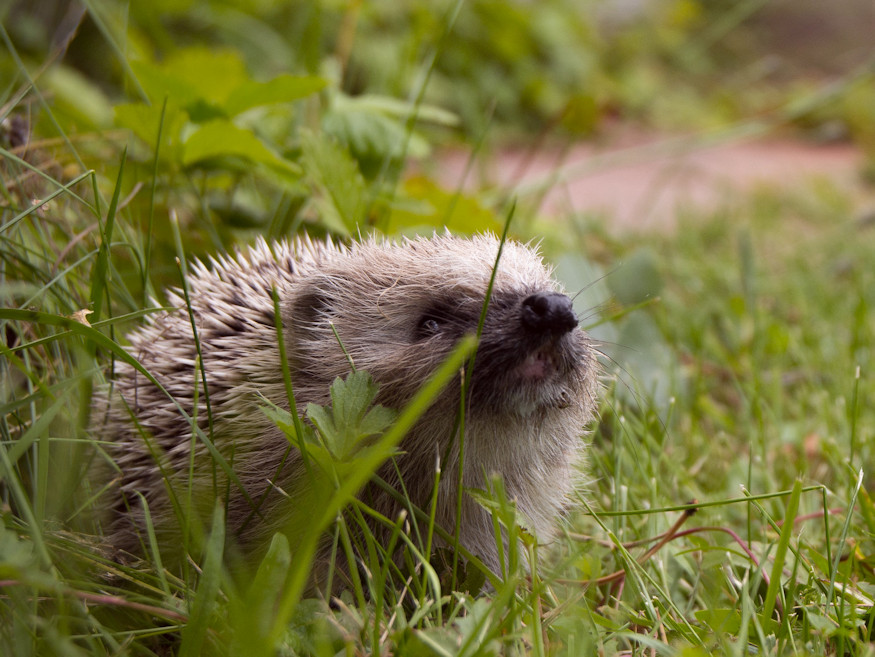
9. Reduce Hazards
Remove any garden hazards that may endanger hedgehogs, such as open drains, deep holes or netting that they could get tangled in. Ensure any garden netting is at least 30 cm (12 inches) off the ground to prevent hedgehogs from becoming entangled.
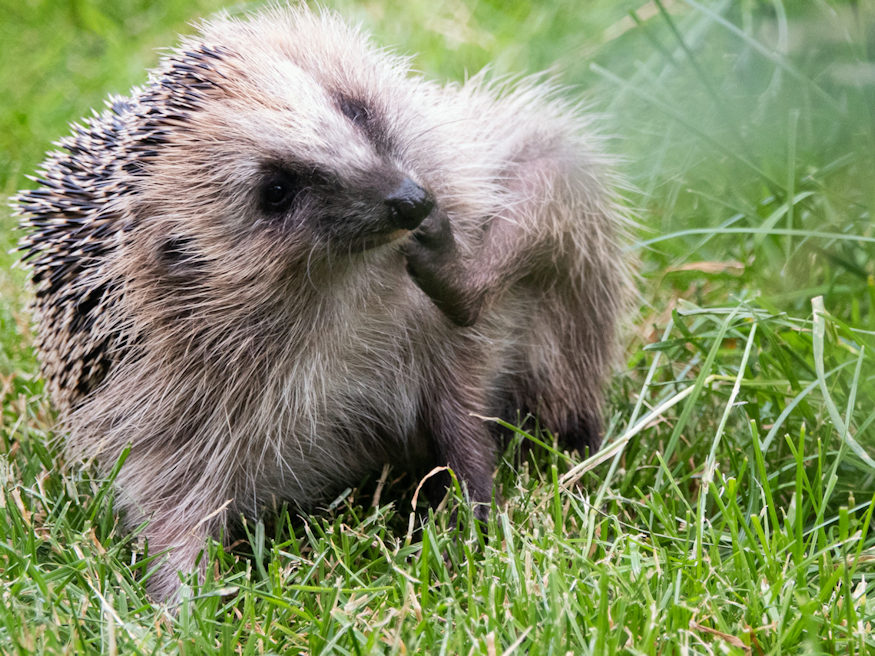
10. Educate Others
Share your knowledge about hedgehog conservation with your neighbors and friends. Encouraging others to create hedgehog-friendly environments expands the habitat available to these creatures.
Remember, hedgehogs are nocturnal animals, so you may not see them often. But by implementing these tips, you’ll be providing a welcoming space for hedgehogs to thrive in your garden.

